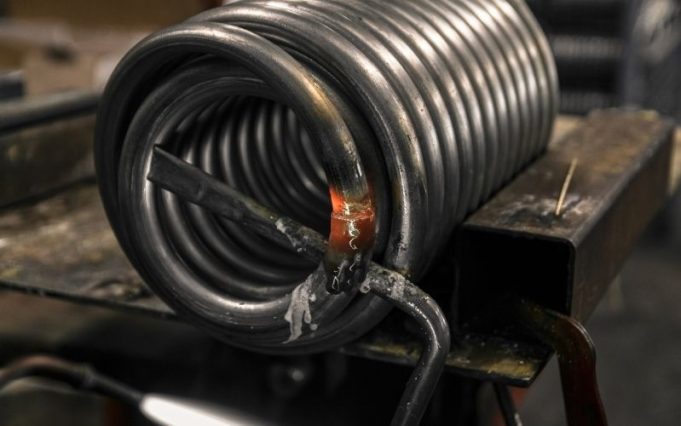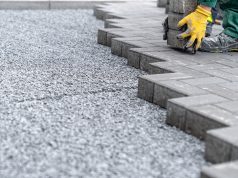Brazing requires attention and, of course, the use of the best materials possible and, due to that, we are going to talk to you about the aspects that you need to take into account when choosing a brazing alloy.
Considerations before choosing a brazing alloy
A brazing alloy is a metallic piece which is used as glue, once this material is manipulated at high temperatures to melt it. Because of that, it is normally used for joining two pieces, such as ceramic matrix composites to cobalt or to nickel-based alloys, but these pieces are often used with powder, paste and gel fluxes as well.
But, are there any characteristics in brazing alloys to consider before choosing one? Let’s take a look at the different types available to be able to choose the best option for you.
High fluidity brazing alloys
This kind of brazing alloys are composed of copper and phosphorus and can even contain up to 15% in silver. This aspect implies that these brazing alloys are able to preserve their mechanical properties also at low temperatures.
High resistance brazing alloys
If you need a high resistance brazing alloy, it is possible to find. In particular, you have to bet on the silver ones, which are approved by ATG.
Silver brazing alloys are easy to use. Thanks to their pre-flux coating it is not necessary to make any preparations before using them, which means that it is possible to save time at work.
Also, you can find models which do not have this coating, so you can choose between bare or coated rods, bare or cored wires, tapes, laminates and preforms, depending on the application you will be doing. Whatever it is your decision, all these types of brazing alloys are quality ones and can be used in constructions and electrical or mechanical assemblies.
How to use brazing alloys
Brazing is not very complicated but, as in every process, it is important to follow and obey certain rules. In this sense, it is important to take into account some aspect such a:
- Before brazing, it is crucial to remove any kind of impurity or layer of oxide from the brazing alloy. This step can be done mechanically, with a wire brush or a grinder, or chemically.
- It is important too to wipe off or remove with solvents those parts that have thick layers of grease or oil.
- Once all the cleaning of the brazing alloys is done, it is time to keep the different parts in the right position until the metal solidifies. To do it it is essential to fix the parts, ensuring that there is a narrow soldering gap between 0,05 and 0,2mm.
- When all of these steps are done, it is time to proceed to the brazing stage and finish the work.
In case there is any waste originating from the use of brazing alloys, it can be recycled in your recycling department.














